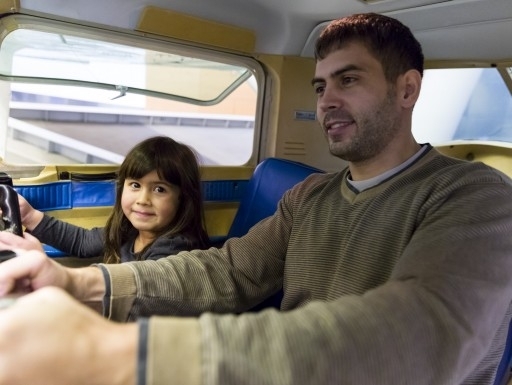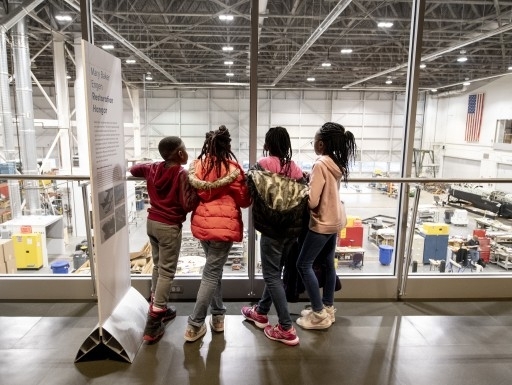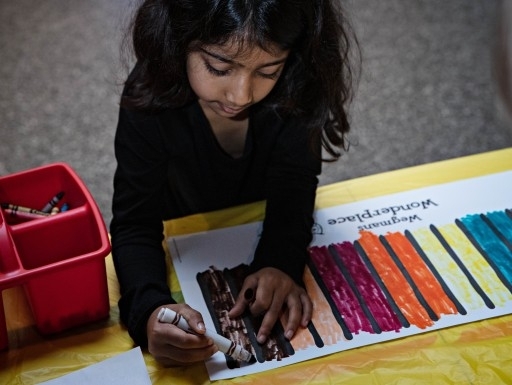
Retired diplomats Gretchen Welch and David Welch are passionate about the critical, behind-the-scenes conservation work that helps museums tell a more complete story of historical objects.
Last fall, they made a $5 million gift to endow the Welch Head of Conservation and Scientific Research at the Smithsonian National Museum of Asian Art.
The couple have supported conservation and scientific research at the museum, including a conservator-in-training program. Gretchen Welch also serves on the museum’s board of trustees and is an active docent.
The Welches’ philanthropy—spanning the arts, education and diplomacy—is informed by a commitment to helping cultural institutions preserve our heritage for future generations. What follows is an edited conversation with Gretchen Welch about their philanthropy.
What guides your philanthropy? My dad was a university fundraiser, and he really believed in what he was doing. He told us to support the causes you care about and focus on where you can have an impact, which guides David’s and my philanthropy.
How did you get involved with the National Museum of Asian Art? We spent our careers in the Middle East, but I wanted to learn more about its art and architecture. So, I enrolled in a course on Islamic art and architecture. In the course, we looked at pieces from the museum’s collection. When we moved back to Washington, I became a docent and joined the museum’s Friends group.
What inspired you to endow the head of conservation and scientific research position? We’ve gotten to know the talented conservators and scientists and see their incredible work. The training, expertise, skill and effort of the team are extraordinary.
Why is conservation important to you? David and I are very passionate about cultural heritage and supporting the work of the museum. We must preserve the beauty of the museum’s extraordinary collection for future generations to experience and share this expertise with partners around the world.
What are your aspirations for this gift? Conservation and scientific research are such an important part of the museum, but the work is generally under the radar. We want these disciplines to grow and prosper.
Is there a Smithsonian experience that stays with you? During COVID-19, our docent corps did virtual tours all over. One of my tours was for a group of college students in Georgia. One of the students said, “I’m so glad the Smithsonian is sharing its collection with us!” The Smithsonian is a fabulous treasure, and it is so important to broaden our reach throughout the country and the world.
Published Winter 2025 in IMPACT Vol. 11. No 1
Your gift fuels innovation, inspiration and exploration for lifelong learners everywhere. Make a gift today.



